MARKET OVERVIEW
The global kegs market is a niche market within the packaging and handling of beverages sector that offers solutions for bulk storage, transportation, and dispensing of liquid items mostly alcoholic and non-alcoholic drinks. These round containers, which in the past were constructed with stainless steel but are nowadays also being made in plastic form, will keep on servicing breweries, vintners, distilleries, and even soft drink producers globally. As demand for draft drinks and returnable packaging persists among various consumer groups, the global kegs market will remain a steady contributor to the provision of beverage logistics and on-tap services.
Though commonly linked with the craft brewing industry, the global kegs market extends beyond that image. It will continue to be an integral building block in the operations of multinational beverage giants and independent, smaller producers. Its reach extends to foodservice, hospitality, and even pharmaceuticals where sterile, sealed liquid transport is required. The structural durability and reusability of kegs mean that they will be preferred for operational effectiveness, coupled with sustainability initiatives that will be followed by many producers in the future.
One of the unique aspects of the global kegs market is the manner in which it links logistical functionality to brand delivery. Where on-tap service is the norm, the keg is more than a container it is a central component of the consumer experience. Throughout the brewery-to-bar continuum, the keg provides freshness, carbonation, and temperature management, all of which will continue to be crucial to keeping the beverage intact. Added to this, advanced tagging and tracking and smart keg technology will become more prevalent, facilitating simplified inventory control and enabling businesses to minimize loss rates.
In the future, the global kegs market will not only react to the needs of beverage manufacturers but also respond to trends in regulation, sustainability requirements, and packaging ingenuity. Although stainless steel will remain the sector standard as a result of its longevity, alternatives will start to make a mark, especially where keg return infrastructure is scarce. This change will be driven by evolving consumer consumption habits, logistical issues, and local material availability.
Even though it plays a foundation role, the global kegs market does not get as much attention in the overall discussion of industry. Yet its importance is rooted in the delivery method of almost every liquid commodity that relies on bulk shipment without diminishing quality. For either a regional run of a craft IPA or a country-wide launch of a soft drink, the keg goes quietly about a continuous line from manufacturing floor to consumer pour.
In the next few years, regional customs, regulations on the use of reusable containers, and the increasing cost of raw materials will also define the market. With new players joining the scene, and the current producers optimizing their operations, the formation of this market will slowly change. Yet, its fundamental purpose will not: offering a stable, reusable, and scalable method for the containment and delivery of liquids.
Such continuity of purpose accompanied by changing application guarantees the global kegs market to continue as a long-lasting element of the industrial supply chain of liquid distribution.
Global kegs market is estimated to reach $1,511.98 Million by 2032; growing at a CAGR of 4.2% from 2025 to 2032.
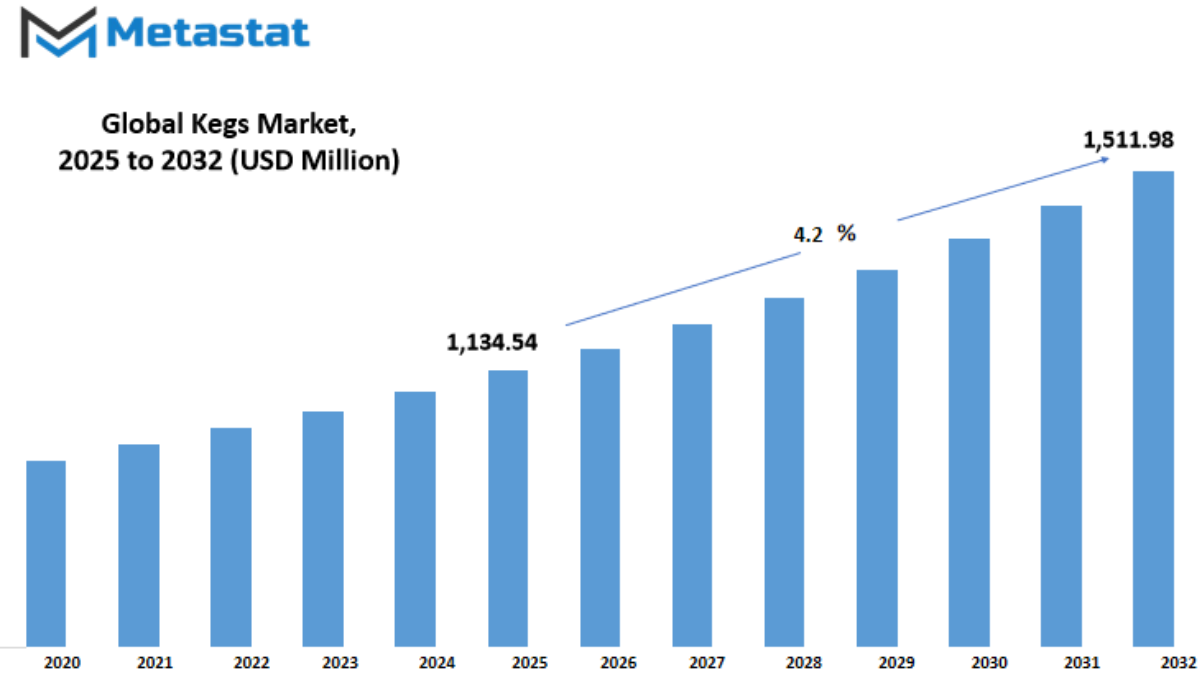
GROWTH FACTORS
The global kegs market is poised to expand steadily in the next couple of years as demand for the packaging solutions of the beverages sector increases, and demand for environmentally friendly packaging solutions increases. Kegs have widespread application for storage and distribution of beer and other beverages, and as breweries and beverage manufacturers increase capacity, demand for efficient storage and distribution solutions will keep increasing. Among the key drivers for this growing demand is the growing popularity of specialty beverages that have smaller batch sizes and flexible packaging options. Kegs are cost-effective and convenient and therefore the option of most manufacturers. Another driver that will drive the global kegs market forward is the shift towards sustainable materials and reusables.
As more companies aim to phase out single-use plastics and reduce carbon output, kegs offer a simple solution as they can be reused and minimal waste is generated. Furthermore, as automation and smart technology continue to advance, they are sure to introduce even greater innovations in how kegs are traced, cleaned, and reused providing greater efficiency for the manufacturers themselves as well as the final consumers. There are some problems which can hinder the market growth.
The high initial investment expenses, particularly for small businesses, can deter from using keg systems. Many companies would be reluctant to utilize keg systems because of the cost of filling, storing, and transporting it. Maintenance and cleansing activities can be sophisticated and involve the need for special equipment or skilled personnel. The other problem is damage during transportation, particularly when kegs are handled improperly, that can lead to loss or additional cost. There is potential, however, in the future. Expansion in developing economies, where the consumption of beverages is growing, will lead to new demand. More nations will urbanize and follow contemporary food and beverage service systems, demanding more kegs. Different keg designs like light weight and recyclable materials will also provide businesses with more options so that they can fulfill their customers' needs while keeping costs in check.
The global kegs market will benefit from such shifting trends in the coming times. Driven by durability, sustainability, and innovation, the market can touch new heights. While companies are converting themselves to meet evolving consumer needs and environmental requirements, demand for functional packaging solutions and recyclable packages such as kegs will be strong, offering vast opportunities for manufacturers and suppliers around the world.
MARKET SEGMENTATION
By Material
The global kegs market is providing evidence of steady progress as companies and sectors begin adapting to new packaging and delivery needs. The kegs are not just vessels; they contribute heavily toward the security, freshness, and ease of drinking of alcohol during delivery. They have developed over time to suit changing demands in domestic and international markets. What used to be a simple storage solution now finds itself being a very potent tool when dealing with liquid products, especially in the commercial and hospitality sectors. In material, the global kegs market is also divided further into stainless steel, plastic, and others
All of the materials possess some merits and demerits. Stainless steel, for instance, is heavy-duty and is famous for preserving the taste and quality of beverages. It is widely used as it can stand repeated use without affecting the quality of the product. Plastic kegs, on the other hand, are cheap and lightweight. They are often chosen for parties or short-term use, and their lower weight minimizes transportation costs.
The "other" category includes alternative materials under development to assist in complying with environmental standards and improve performance. As technology evolves further, greater emphasis is bound to be placed on green alternatives that reduce waste without compromising safety or longevity. Sustainability efforts, automation, and smart packaging will shape the future of the Global Kegs industry. Businesses are becoming more mindful of their own environmental impact, and this has an impact on what is selected as materials.
We will also see kegs constructed of recyclable or biodegradable material but which still meet health and safety regulations. Automation, too, will play a larger role. Intelligent tracking systems will enable companies to track the use, returns, and refilling of kegs more effectively. This shift could lower the cost of operations and raise customer satisfaction. Changing consumer trends and growing demand for alternative drinks will keep driving innovation. Need for convenience, longer shelf life, and safety will compel businesses to invest in better materials and smarter systems.
While plastic and stainless steel kegs are in the spotlight right now, future innovation may change what is commonly employed throughout industries. More food and drink delivery services online may even create new needs for kegs that are more durable but also more convenient to handle. Overall, the global kegs market is likely to grow with the times, focusing on functionality, sustainability, and affordability over the next few years.
By End Use
The global kegs market will experience steady growth as companies continue to seek out trusted, reusable, and safe means to store and transport liquids. With growing pressure toward sustainable packaging and more efficient logistical options, kegs provide both environmentally conscious and efficient options. As demand increases across various industries, the market for kegs is set to evolve and grow. This will not only benefit big-scale producers but also small companies seeking reliable solutions for bulk storage.
On the basis of end use, the market is divided into alcoholic drinks, non-alcoholic drinks, chemicals, cooking oil, and others. Among these, the sector of alcoholic drinks has a significant share, fueled by the increasing popularity of beer and craft beverages in different countries. Breweries are going to kegs because they have a longer shelf life and cut down on packaging waste. With breweries expanding, the demand for standardized, clean storage devices will continue to increase, enabling more growth in this segment.
Non-carbonated beverages are also giving room to kegs. Most manufacturers now opt for them for beverages such as cold brew coffee, juices, and sodas since kegs preserve freshness and lower single-use packaging. With increasing awareness of the environmental footprint, more beverage companies will migrate towards refillable systems. This will create new room for expansion in local as well as overseas markets.
The chemical market is another major sector, where kegs allow liquids to be transported safely that need to be contained in secure, long-lasting containers. Strong and safe containers are the priority here, and stainless steel kegs tend to fit this bill. As regulations become tougher on chemical safety and handling, the use of standardized kegs will continue to increase, expanding their position in this sector.
Another increasing end-use segment is cooking oil. Food processing units and restaurants are using bulk oil packaging more often to cut costs and minimize plastic usage. Kegs assist in providing oil in bulk while keeping it fresh and easier to store. With food service companies searching for more intelligent ways to deal with ingredients, the demand for keg-based distribution could increase.
The "others" category encompasses all sorts of liquid products that might find keg storage useful in the future. With new products coming on board, particularly in the health and wellness industry, the versatility of use with kegs could cater to various kinds of producers. Generally, the global kegs market shall extend further, driven by increasing awareness, industrial demand, and potential demand for effective liquid transport in the future.
By Distribution Channel
The global kegs market will continue to grow steadily over the next few years, with growing demand for convenient and sustainable beverage packaging solutions driving the industry. Kegs provide a reusable, cost-saving option for storing and transporting large quantities of beverages, which is a popular option with many businesses. Examining the distribution channels, the market is primarily segmented into supermarket and hypermarket channels, commercial liquor shops, and other channels. All of these channels have a major role to play in how businesses and consumers have access to kegs, and their significance will keep increasing as the market keeps growing.
Supermarkets and hypermarkets are emerging as a dominating force in the distribution of kegs. These retailers are readily available and tend to carry a range of keg sizes and types. As more customers utilize large retail outlets to shop for party and event materials, kegs are no longer the domain of bars or clubs. Being easily found in these retailers is what provides mainstream consumers with the choice to buy them for their own use. In the future, technology and electronic inventory systems will probably assist supermarkets in managing keg availability more effectively, producing a more streamlined experience for purchasers.
Off-consumer liquor stores also play an important role in the global kegs market. These stores usually serve a more niche customer base, such as event planners, small businesses, and high-volume buyers. While supermarkets tend to offer basic products, liquor stores frequently offer specialized services, such as keg rentals, fittings, and refilling. As more small business operators search for effective means of providing drinks, these retailers will continue to be needed. Developments in point-of-sale systems and delivery companies will make the process of keg management and delivery better.
Other channels of distribution involve online sales, local distributors, and specialty stores. These are bound to be increasingly significant in the future, particularly with increasing online ordering. As individuals become more accustomed to purchasing larger products online, keg sales and delivery via digital means can also undergo significant enhancements. More rapid delivery, improved tracking, and tailored ordering could redefine the way consumers interact with these channels.
Overall, the global kegs market is poised for ongoing growth. With every distribution channel evolving to accommodate new trends and customer demands, the market will expand in terms of reach and convenience. With advancements in technology and changing consumer habits, how kegs are sold and delivered will transform to keep up with demand.
|
Forecast Period |
2025-2032 |
|
Market Size in 2025 |
$1,134.54 million |
|
Market Size by 2032 |
$1,511.98 Million |
|
Growth Rate from 2025 to 2032 |
4.2% |
|
Base Year |
2024 |
|
Regions Covered |
North America, Europe, Asia-Pacific Green, South America, Middle East & Africa |
REGIONAL ANALYSIS
The global kegs market is likely to experience significant shifts in the years ahead driven by local demand, customer requirements, and increasing awareness of eco-friendly packaging. In considering the market by geography, various regions play various roles based on their consumption, distribution, and manufacturing patterns. North America remains in steady progress with the United States, Canada, and Mexico being the central players. Demand in this market will most likely continue to be robust as the number of breweries increases, craft drinks gain popularity, and there is a highly developed distribution channel that accommodates the deployment of kegs. In Europe, the UK, Germany, France, and Italy have long experienced familiarity with keg usage, and this will likely continue as manufacturers tend towards more efficient and environmentally friendly options.
Asia-Pacific is also on the fast track of expansion. India, China, Japan, and South Korea are investing increasingly in food and beverage sectors, with increased demand for durable and reusable storage medium such as kegs. This region is going to be a key player in shaping the destiny of the global kegs market with population growth and urbanization increasingly demanding faster, bigger, and cleaner distribution channels. South America, dominated by Brazil and Argentina, will also follow suit. With more small and mid-sized beverage manufacturers growing in this region, demand for cost-effective and recyclable packaging will rise. Middle East & Africa will also contribute to global trends, with the GCC nations, Egypt, and South Africa slowly establishing their presence in the beverage market. Though today's contribution from these regions might not be so great, their potential in the future cannot be underestimated.
The positioning of every region in the Global Kegs industry will be determined by both short-term changes and long-term dedication to innovation and sustainability. Reusable packaging systems such as kegs present a viable solution for companies looking to reduce waste and increase efficiency. In years to come, we might witness greater automation, tracking technologies, and intelligent logistics in relation to keg usage. International collaboration and worldwide objectives on environmental stewardship will continue to motivate more businesses to resort to kegs as opposed to other disposable containers. The global kegs market will grow in size and importance as regional strengths combine with new global efforts, reflecting wider changes in how products are stored, shared, and consumed around the world.
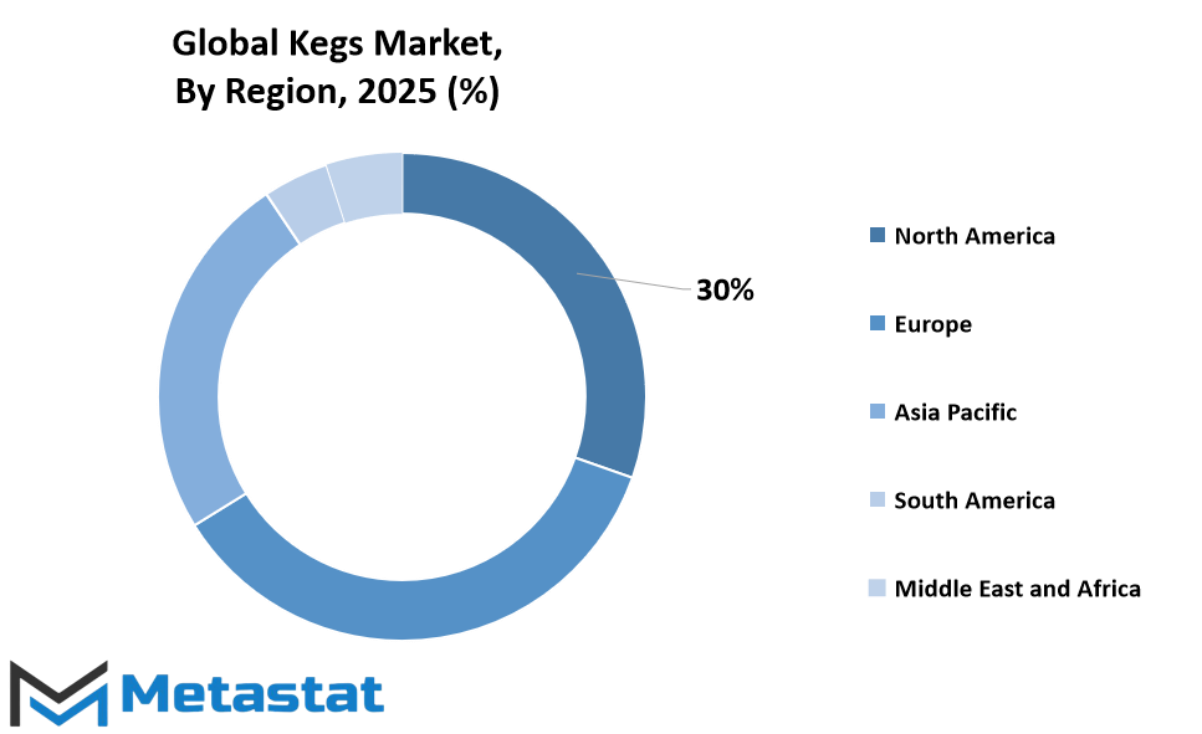
COMPETITIVE PLAYERS
The global kegs market will undergo steady transformation in the next few years, as demand for beverage packaging increases and as there is a demand for more environmentally friendly storage solutions. As consumption habits change and environmental conscience increases, kegs made of stainless steel and plastic are gaining favor as they are reusable with less environmental consequence. This growing interest will also tend to encourage manufacturers and suppliers to continue innovating and satisfy economic and environmental demands from businesses and consumers in general.
Major actors in the global kegs market have been putting steps in place to remain ahead of evolving trends. Firms like Blefa GmbH and SCHÄFER Werke GmbH have been well known for their quality and longevity in keg manufacturing for a long time. Their ongoing emphasis on innovation and dependability will most likely enable them to maintain their status as market leaders as consumer demand shifts. Ara Partners, owner of Petainer Ltd., is moving in the direction of lightweight, recyclable keg technologies. Their strategy fits into future global environmental agendas, particularly as governments and industries globally step up their efforts toward cleaner options.
American Keg Company and NDL Keg Inc. are two players that are among those looking to capitalize on expanding demand in North America. As yet more breweries and drink manufacturers come on the scene, demand for local, dependable keg supply chains will only increase. Even for corporations like The Metal Drum Company and MCT COMPANY, working to enhance supply chain efficiency and scalability of production, these considerations will grow in significance as global demand continues to spread geographically.
Dolium and A.E.B. SRL also have been investing in new developments through the provision of cost-effective and sustainable solutions. On the other hand, Shinhan Industrial Co., Ltd. and Super Monte company are investing in growing their brand presence across Asian markets, whose demand for beverages and craft brewing is escalating. As these markets develop, so will the requirement for reliable keg systems that can service both mass-market and craft producers.
INOXCVA, THIELMANN, and Unikeg will have key roles to play in the future of the global kegs market by marrying design with technical reliability. These players are not just reacting to today's market needs but future-proofing themselves for what's on the horizon automation, traceability, and even more intelligent keg technologies. As competition intensifies and innovation becomes a requirement, these companies will have to continue developing their strategies in order to maintain a position of dominance in a market that will increasingly become more dynamic.
Kegs Market Key Segments:
By Material
- Plastic
- Stainless Steel
- Other
By End Use
- Alcoholic Beverages
- Chemicals
- Non- Alcoholic Beverages
- Cooking Oil
- Others
By Distribution Channel
- Supermarket/Hypermarket
- Commercial Liquor Store
- Others
Key Global Kegs Industry Players
- Blefa GmbH
- Ara Partners (Petainer Ltd.)
- SCHÄFER Werke GmbH
- American Keg Company
- The Metal Drum Company
- NDL Keg Inc
- 2
- Dolium
- A.E.B. SRL
- Shinhan Industrial Co., Ltd.
- Super Monte company
- INOXCVA
- THIELMANN
- Unikeg
WHAT REPORT PROVIDES
- Full in-depth analysis of the parent Industry
- Important changes in market and its dynamics
- Segmentation details of the market
- Former, on-going, and projected market analysis in terms of volume and value
- Assessment of niche industry developments
- Market share analysis
- Key strategies of major players
- Emerging segments and regional growth potential



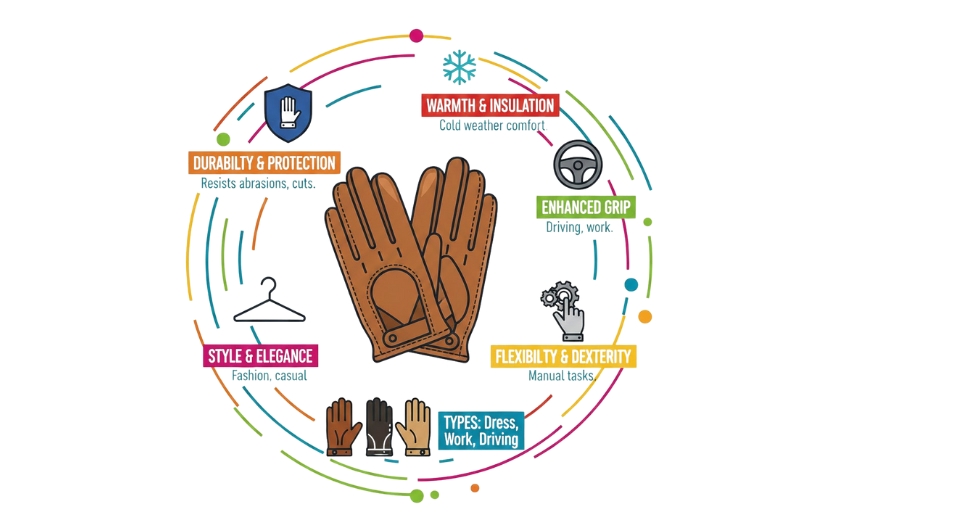
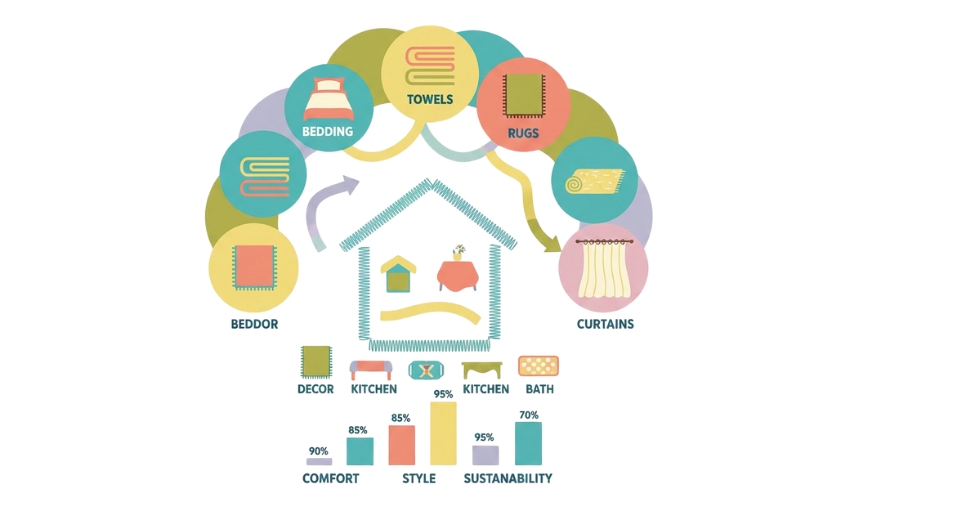

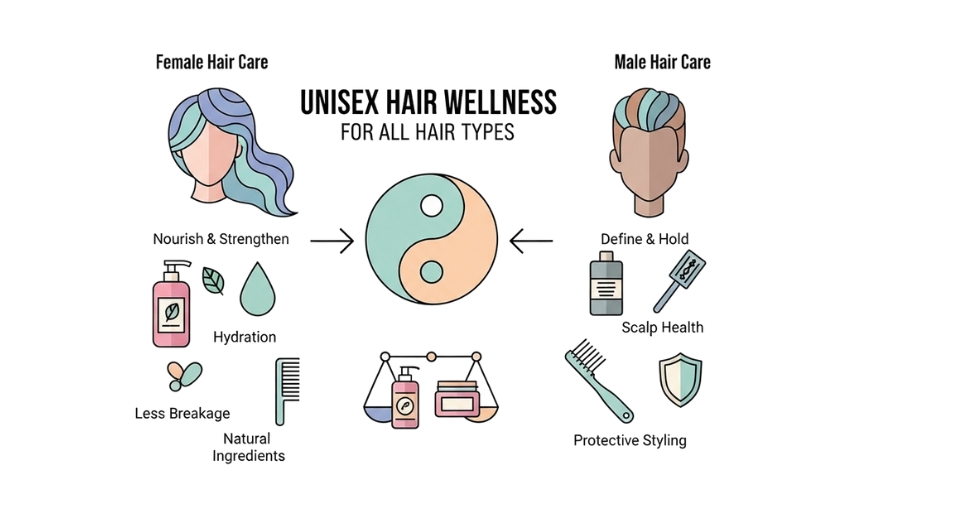

 US: +1 3023308252
US: +1 3023308252






